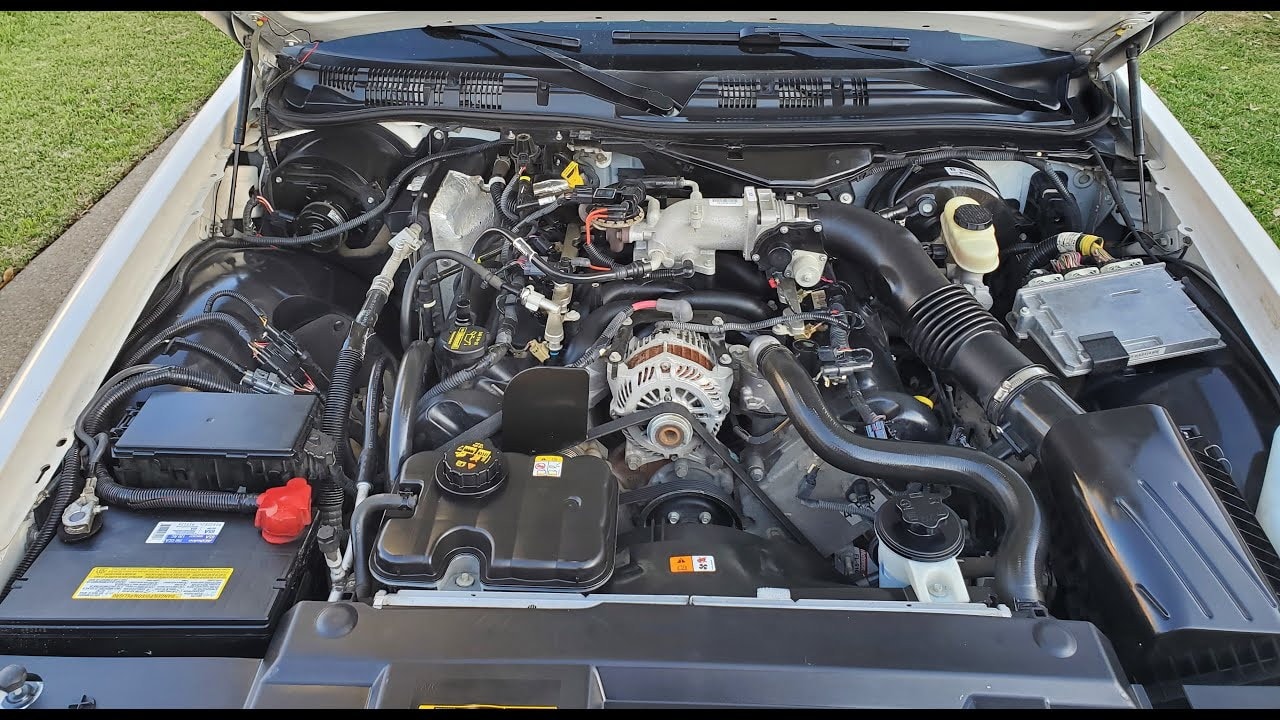Ford’s legacy in the automotive world is deeply tied to its mastery of the V8 engine. Over the decades, the company has produced some of the most iconic, reliable, and performance-driven V8s that have powered everything from family sedans to championship-winning race cars.
Whether designed for street dominance, track supremacy, or everyday dependability, Ford’s V8 engines have continuously evolved to meet the demands of each era.
This list highlights ten of the most reliable and celebrated Ford V8 engines ever made, each with its own blend of engineering excellence, real-world performance, and owner satisfaction.
10. 289 Small Block V8
The Ford 289 Small Block V8, produced between 1963 and 1967, was a compact and powerful engine designed to be a lightweight, versatile option for a range of Ford vehicles.
With a displacement of 4.7 liters and power output ranging from 189 to 390 horsepower, it was used in iconic models such as the Ford Mustang, Fairlane, Galaxy, and high-performance variants like the Shelby GT350 and AC Cobra.
Its combination of performance and size made it the ideal engine for the first Ford Mustangs starting in 1964, with notable versions like the HiPo 289 delivering enhanced capability for street and track use.
Owners consistently praised the reliability of the 289 V8, citing minimal engine-related issues even after decades of use. Maintenance costs for vehicles equipped with the engine, such as the Mustang, are considered moderate, averaging around $709 annually.
Reviewers of classic models like the 1966 Fairlane and 1967 Mustang reported high reliability scores, with the majority of concerns being unrelated to the engine itself. Ford continues to support the 289 with aftermarket parts, underscoring its legacy as a durable and enthusiast-friendly powerplant.
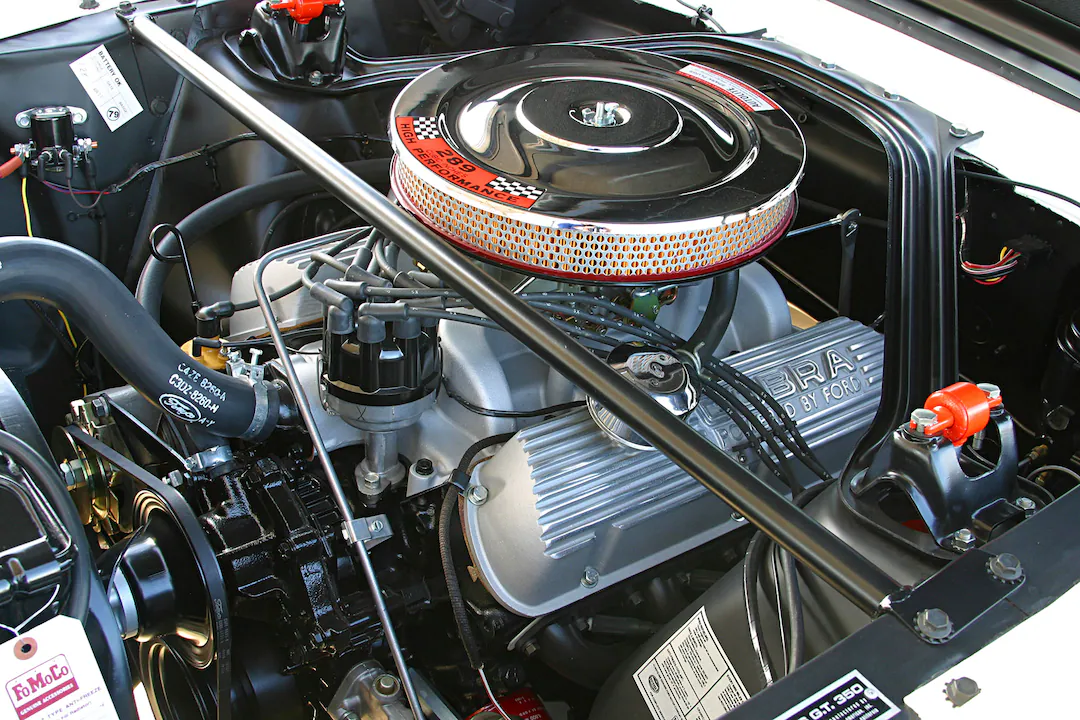
9. 4.6-Liter Modular V8
The Ford 4.6-liter Modular V8, produced from 1991 to 2014, marked the beginning of Ford’s Modular engine family and became a staple in a wide range of vehicles for over two decades.
With outputs ranging from 190 to 390 horsepower and torque up to 390 lb-ft, it was used in both performance and full-size passenger vehicles, including the Ford Mustang GT, SVT Cobra, Lincoln Town Car, and Crown Victoria. Its 90-degree V8 design provided a balance of power and efficiency, making it one of Ford’s most versatile and widely applied engines.
The 4.6-liter Modular V8 has earned a strong reputation for reliability, with many owners reporting engine longevity well past 200,000 miles. Carsurvey reviews consistently highlight its durability and minimal engine-related issues.
Despite slightly higher maintenance costs—averaging $1,081 per year for vehicles like the Crown Victoria—the engine remains a favorite among enthusiasts and fleet operators alike due to its dependability and robust performance across a variety of driving conditions.

8. EcoBoost Family
The Ford EcoBoost engine family, introduced in 2009, features a wide range of turbocharged gasoline engines varying in size and configuration—from 1.0-liter inline-3s to powerful 3.5-liter V6s.
These engines were developed to provide improved fuel efficiency and performance, making them suitable for an array of Ford and Lincoln models such as the F-150, Mustang, Explorer, and even some Volvo vehicles.
Early versions of the 3-cylinder and V6 EcoBoost engines experienced reliability issues, but these problems were largely resolved in the second-generation versions, which now enjoy a strong reputation for performance and dependability.
The EcoBoost line has proven to be durable, thanks to its use of high-quality materials like forged steel crankshafts and cast aluminum pistons. Owners report excellent reliability across various models, with Carsurvey reviews consistently awarding perfect scores.
Despite their advanced engineering, maintenance costs remain moderate—averaging $611 per year for models like the Ford Edge. With power outputs ranging from 99 to 660 horsepower and torque up to 550 lb-ft, the EcoBoost family strikes a compelling balance between efficiency, reliability, and high performance for modern drivers.
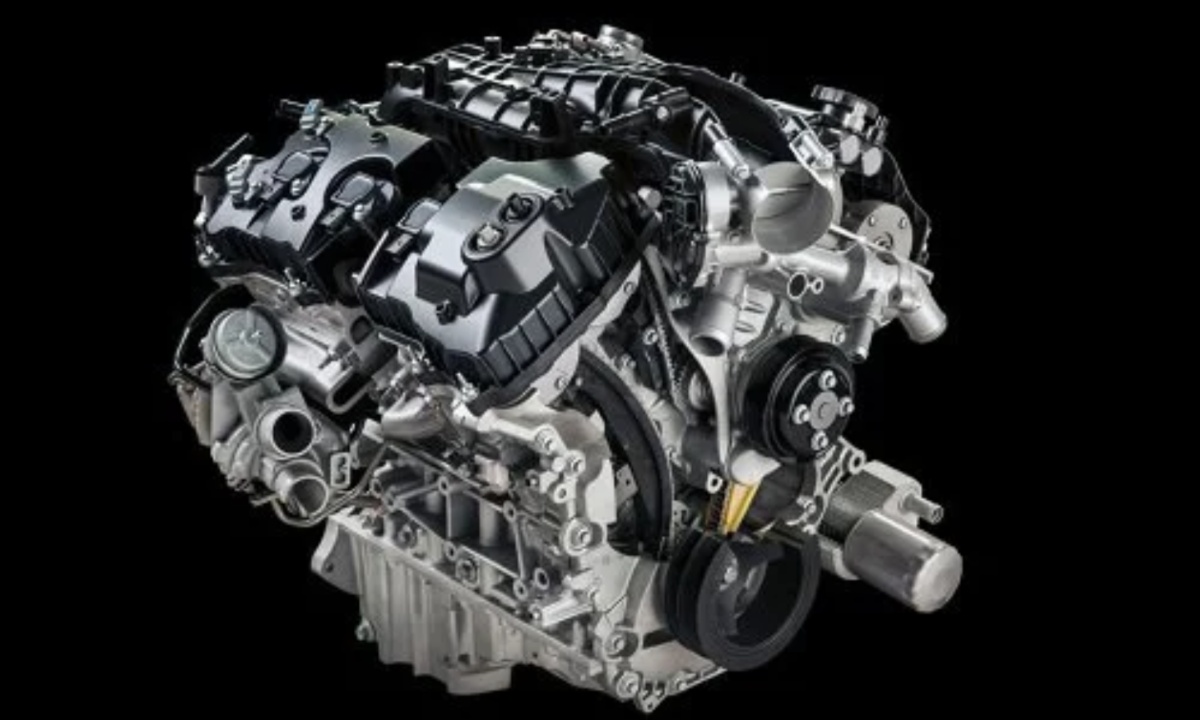
7. Boss 429
The Ford Boss 429 engine, produced briefly from 1969 to 1970, stands as one of the most legendary and rare V8s in American automotive history.
Built primarily to satisfy NASCAR homologation requirements, this 7.0-liter naturally aspirated V8 was engineered for racing with advanced features like semi-hemispherical combustion chambers, forged internals, and a wide engine bay configuration.
Officially rated at 375 horsepower, real-world estimates and dyno tests suggest it could produce over 500 horsepower, cementing its status as a muscle car icon. It was installed in select high-performance models such as the 1969 Mustang Boss 429, Ford Torino Talladega, and Mercury Cyclone Spoiler II.
Despite its short production run, the Boss 429 gained a reputation for bulletproof reliability and raw power, thanks to its robust cast iron block, aluminum heads, and race-oriented design. While it didn’t dominate on the streets due to limited availability and high cost, the engine helped Ford win 30 of 54 NASCAR races during its era.
Maintenance costs are consistent with other classic Mustangs, averaging $709 per year, but the rarity and racing pedigree of the Boss 429 make it highly sought-after by collectors and performance enthusiasts alike.
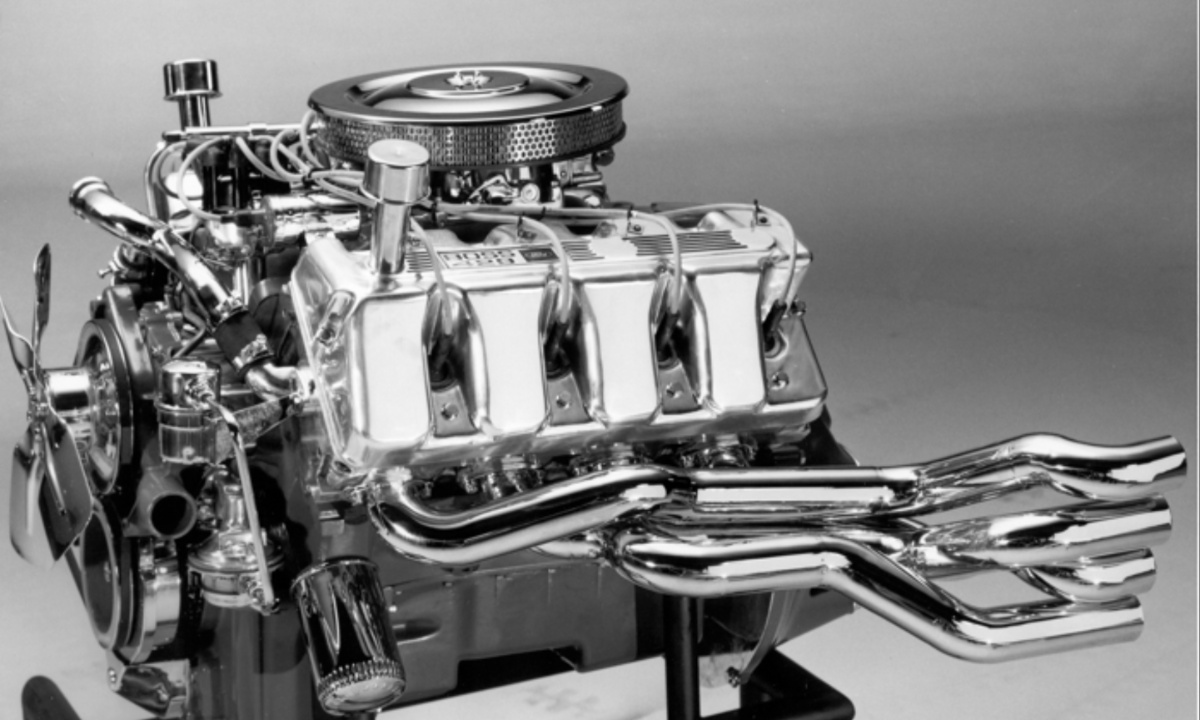
6. 428 Cobra Jet
The Ford Cobra Jet V8, produced from 1968 to 1970, was introduced as a high-performance, naturally aspirated 7.0-liter engine to rival GM’s and Mopar’s top-tier powerplants.
Initially underrated at 335 horsepower for insurance purposes, real-world performance placed it closer to 400–450 horsepower, especially in the more aggressive Super Cobra Jet variants.
It was a dominant force in both sanctioned drag racing and street racing, used in iconic models like the Mustang, Cougar, Shelby GT500KR, and Torino. Its balance of affordability, durability, and brute strength made it a go-to choice for serious muscle car enthusiasts during its short production run.
The Cobra Jet V8 is also remembered for its impressive reliability. Built with heavy-duty internals and designed to handle extreme performance demands, the engine earned praise for both its longevity and ruggedness. Maintenance costs are typical for classic V8 Mustangs, averaging around $709 annually.
Owners have reported high satisfaction, with one review of a 1969 Torino Talladega 428 CJ awarding it a perfect 10/10 for reliability at over 134,000 miles—highlighting the engine’s enduring reputation as one of Ford’s most dependable and revered powerplants.
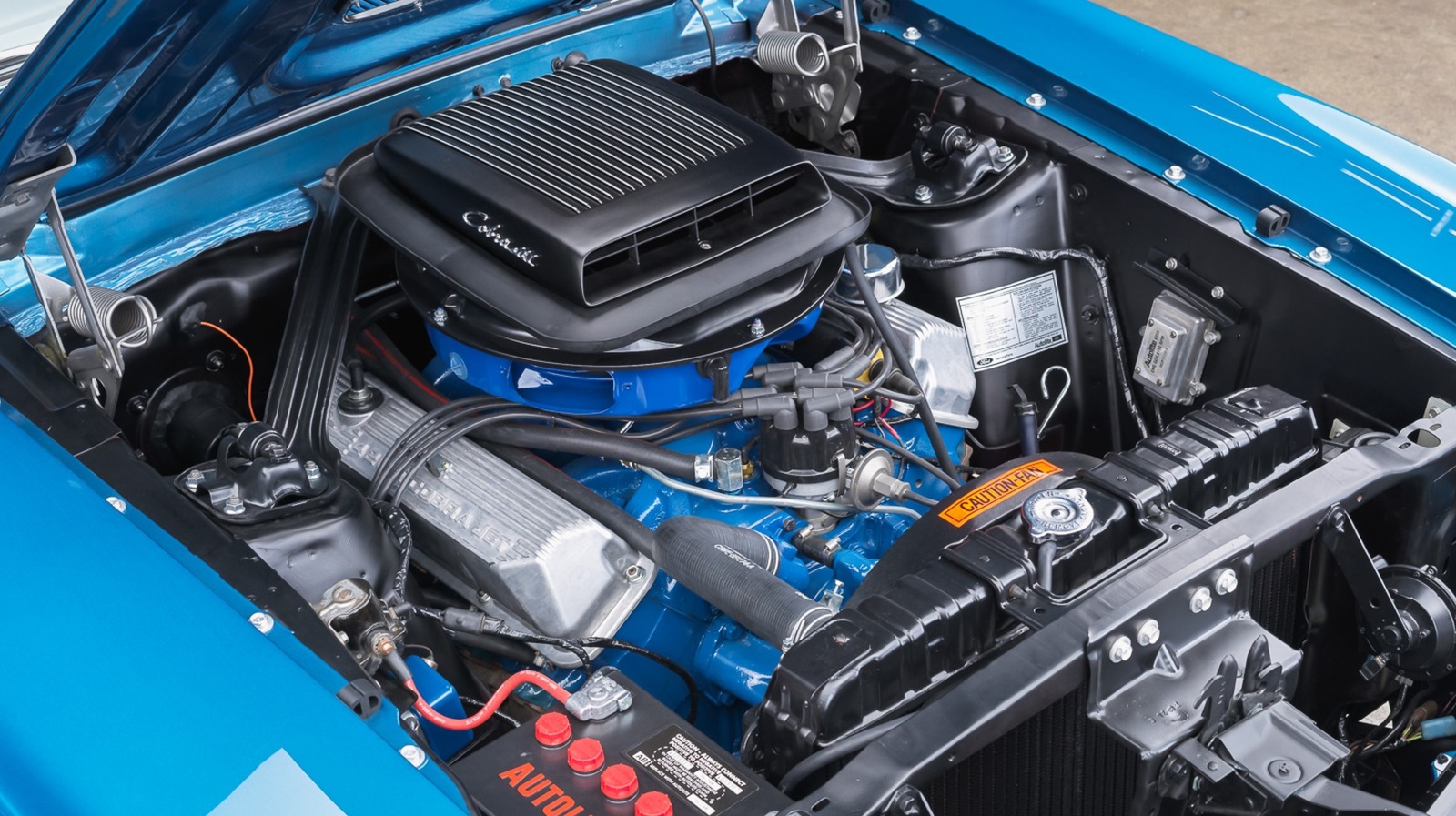
Also Read: 10 Cars You Can Pass Down to Your Kids That Are Safe, Practical, and Built to Last
5. Flathead V8
The Ford Flathead V8, produced from 1932 to 1954, was a groundbreaking engine that revolutionized affordable performance by becoming the first mass-produced V8 in the automotive industry.
With displacements ranging from 2.2 to 5.5 liters and power outputs eventually reaching 154 horsepower, the Flathead gave Ford a major edge over competitors, offering V8 performance at a time when most rivals were still using inline engines.
It powered a wide range of vehicles, from the Ford Model 18 to the Lincoln Cosmopolitan, and became the backbone of early American performance cars and luxury sedans.
Known for its simplicity and reliability, the Flathead V8 also became a favorite among hot rodders and early tuners due to its modifiability—some configurations nearly doubled the stock horsepower with basic mechanical upgrades.
With an average annual maintenance cost of $775 and a solid reputation for long-term dependability, the Flathead V8 earned high praise from owners, including a perfect reliability score from one Ford Customline driver.
Its enduring legacy in American car culture, especially in the hot rod scene, has made it one of the most iconic engines in automotive history.
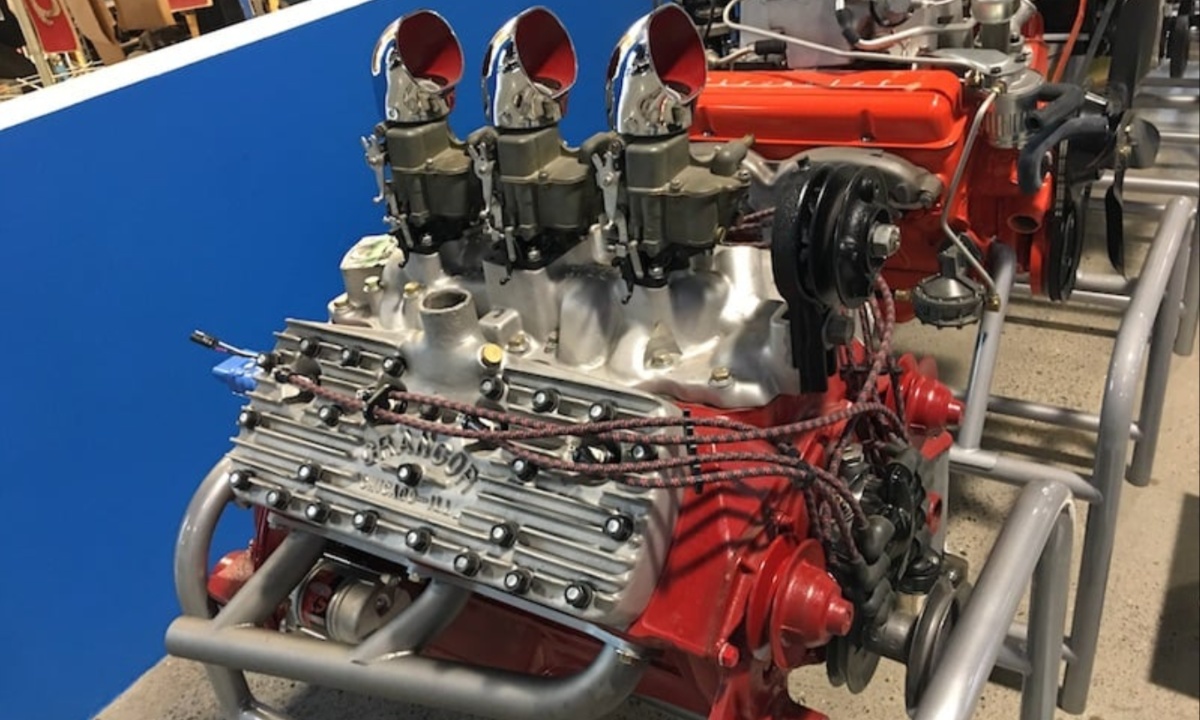
4. 427 Big Block V8
The Ford 427 Big Block V8, produced between 1958 and 1976, was engineered with a clear mission: motorsport dominance. Derived from the 390 FE engine, the 7.0-liter V8 featured high-strength components like a high-nickel iron block, forged crankshaft, and a side-oiling lubrication system to ensure performance and durability under extreme racing conditions.
This powerhouse delivered between 390 and 657 horsepower and became a critical part of Ford’s racing legacy, most notably powering the GT40 to its legendary 1966 Le Mans victory and the Shelby Cobra to muscle car immortality. Despite its proven track record on the track, its rarity and cost limited its availability in street cars.
In terms of reliability, the 427 Big Block is considered extremely robust, benefiting from its foundation in the already durable 390 FE engine. Its solid construction and racing pedigree make it capable of enduring extreme stress, and many components were built to last through high-performance use.
While maintenance costs are on par with other classic high-performance engines—averaging around $709 annually—the 427’s strength and durability make it a trusted choice among enthusiasts.
Owners have reported high satisfaction, with an 8/10 reliability score for the 427-powered AC Cobra, further affirming its reputation as one of Ford’s toughest and most iconic engines.
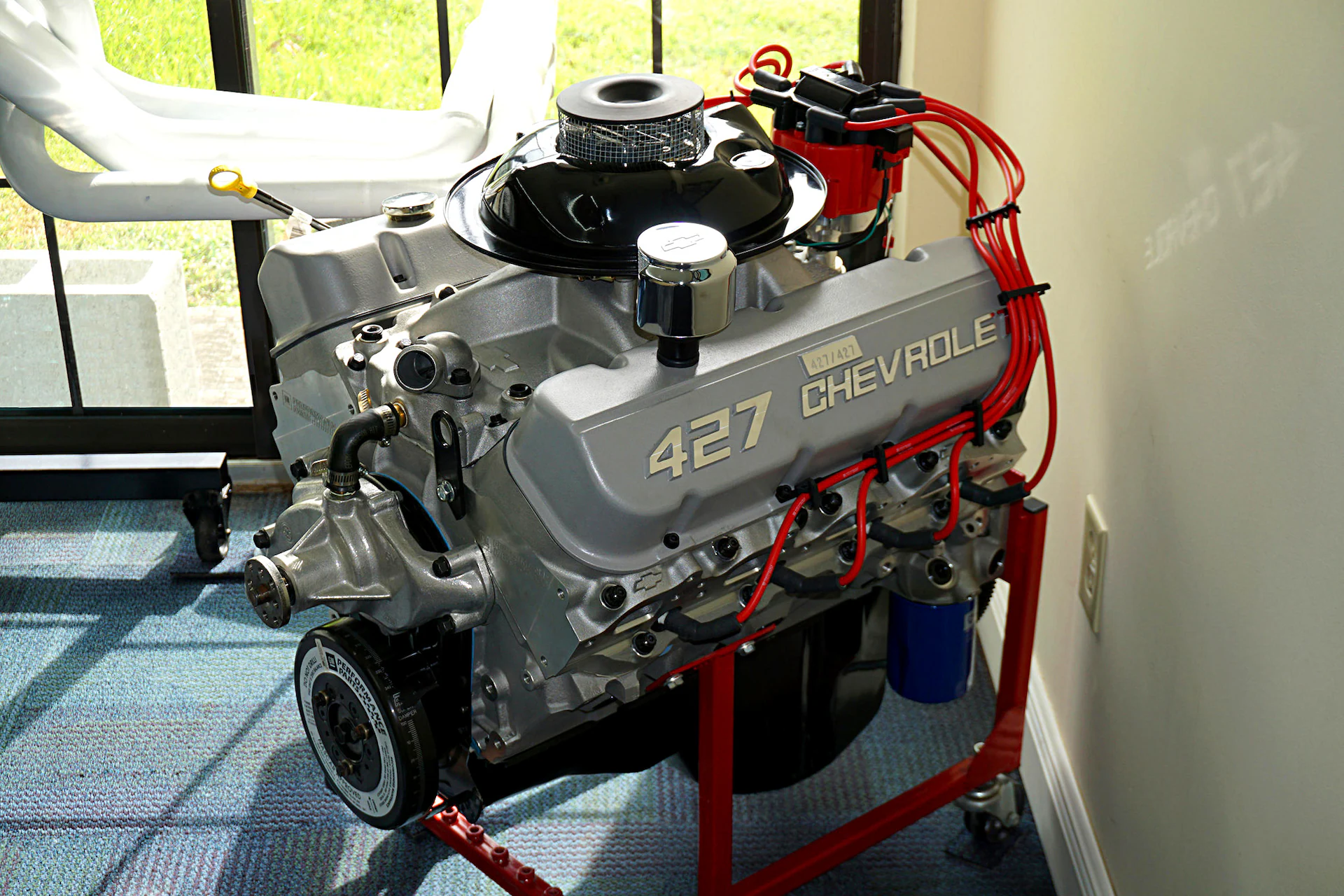
3. Boss 302
The Ford Boss 302 engine, produced from 1969 to 1970, was designed specifically to compete in the SCCA Trans Am Series and became a critical player in Ford’s 1970 championship win.
Unlike the NASCAR-focused Boss 429, the Boss 302 was a high-revving 4.9-liter V8 featuring race-bred internals such as forged pistons, a forged crankshaft, high-performance connecting rods, and an aggressive camshaft.
With 290 horsepower and 290 lb-ft of torque, the engine delivered impressive racetrack performance and helped cement the Ford Mustang’s status in motorsport history, despite facing strong competition from Chevrolet, Dodge, and Plymouth.
Although it wasn’t the most dominant engine in street performance battles, the Boss 302 has earned a reputation for reliability and durability, thanks to its robust construction.
Designed for high-stress racing environments, it has proven to be one of Ford’s more dependable V8s. While user-submitted reviews from models like the 1969–1970 Mustangs give it an average reliability rating, the overall build quality and engineering make it a trusted powerplant among enthusiasts.
Maintenance costs, averaging about $1,081 per year, are consistent with other classic Ford performance engines, making the Boss 302 a solid and historically significant V8.
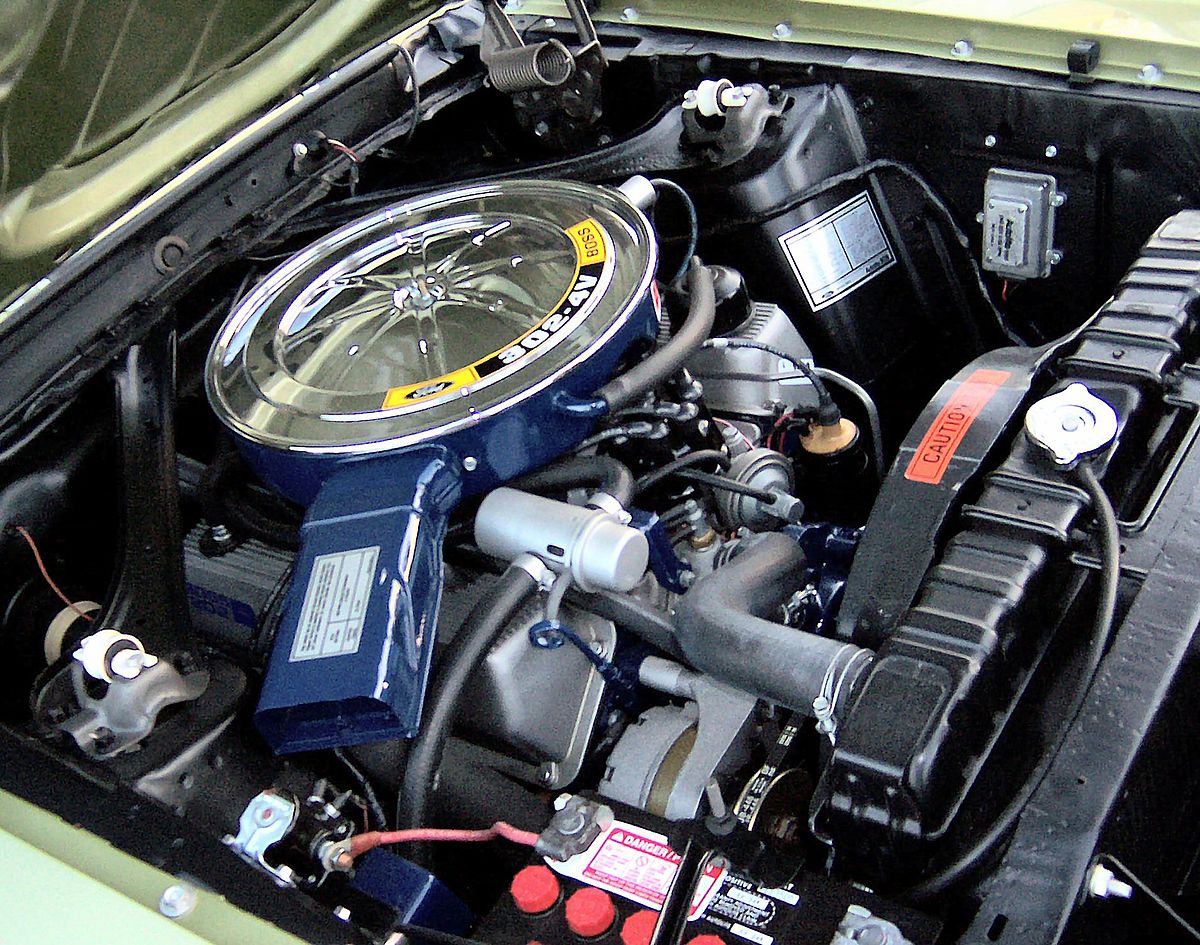
2. 5.0 EFI High Output
The Ford 5.0 EFI High Output (H.O.) engine, produced between 1986 and 2000, played a vital role in revitalizing American muscle during the post-malaise era.
Initially derived from earlier low-output V8s, the 5.0-liter V8 gained new life with the introduction of electronic fuel injection, boosting power output to as much as 225 horsepower and 300 lb-ft of torque.
It became a performance staple in models like the Mustang, Thunderbird, and Lincoln Mark VII, offering a blend of strong torque, decent fuel efficiency, and high tuning potential. Its impact on the 1980s performance revival is considered on par with that of GM’s small-block V8.
Beyond performance, the 5.0 EFI H.O. earned a legendary reputation for reliability and longevity. With an average yearly maintenance cost of just $433 (Thunderbird average), the engine was not only affordable to maintain but also capable of extraordinary mileage.
One owner reported over 1 million miles on a 1986 Ford F150 equipped with this engine, a testament to its durability. Its rugged construction and ease of maintenance have made it a favorite among enthusiasts and daily drivers alike, cementing its legacy as one of Ford’s most dependable and important engines.
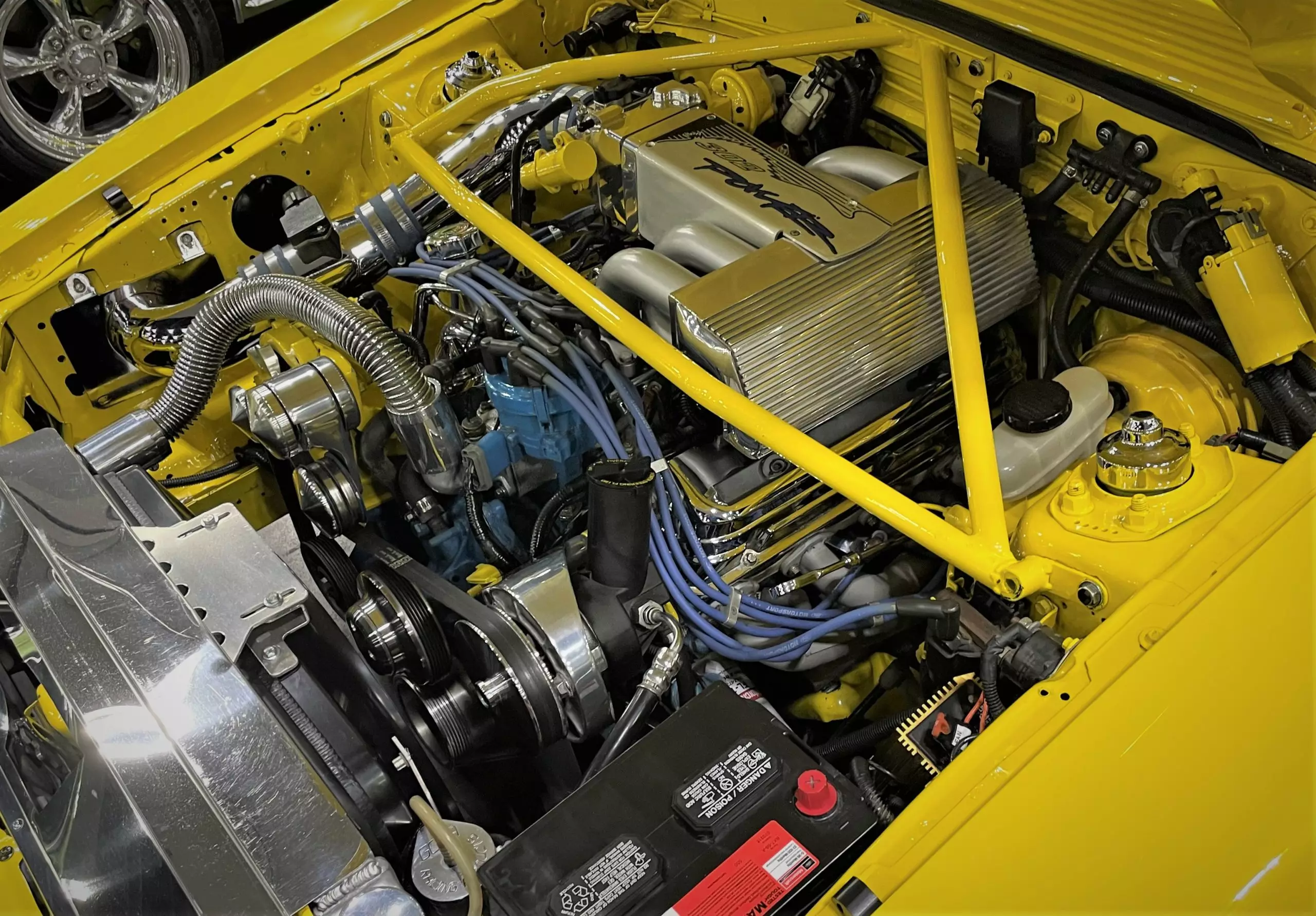
1. 5.0 Coyote V8
The Ford 5.0 Coyote V8, introduced in 2010, marked the rebirth of the legendary 5.0 badge with a thoroughly modern design.
Moving away from the older pushrod architecture, this naturally aspirated V8 belongs to Ford’s modular engine family and features advanced technologies like dual variable camshaft timing, direct fuel injection, and a lightweight aluminum block.
Primarily built for the Mustang and F-150, the Coyote V8 delivers between 412 and 500 horsepower and has served as the foundation for high-performance variants like the Boss 302 and the Shelby GT350’s Voodoo V8.
Celebrated for its performance and reliability, the Coyote V8 has become a favorite among enthusiasts and daily drivers alike. With a solid construction that includes forged steel components and aluminum heads, the engine has proven to be both durable and capable of high mileage.
Owners frequently report minimal issues even past 100,000 miles, and its average yearly maintenance cost is reasonable at $788. The Coyote’s blend of power, modern engineering, and toughness firmly cements its reputation as one of Ford’s most reliable and iconic V8 engines.
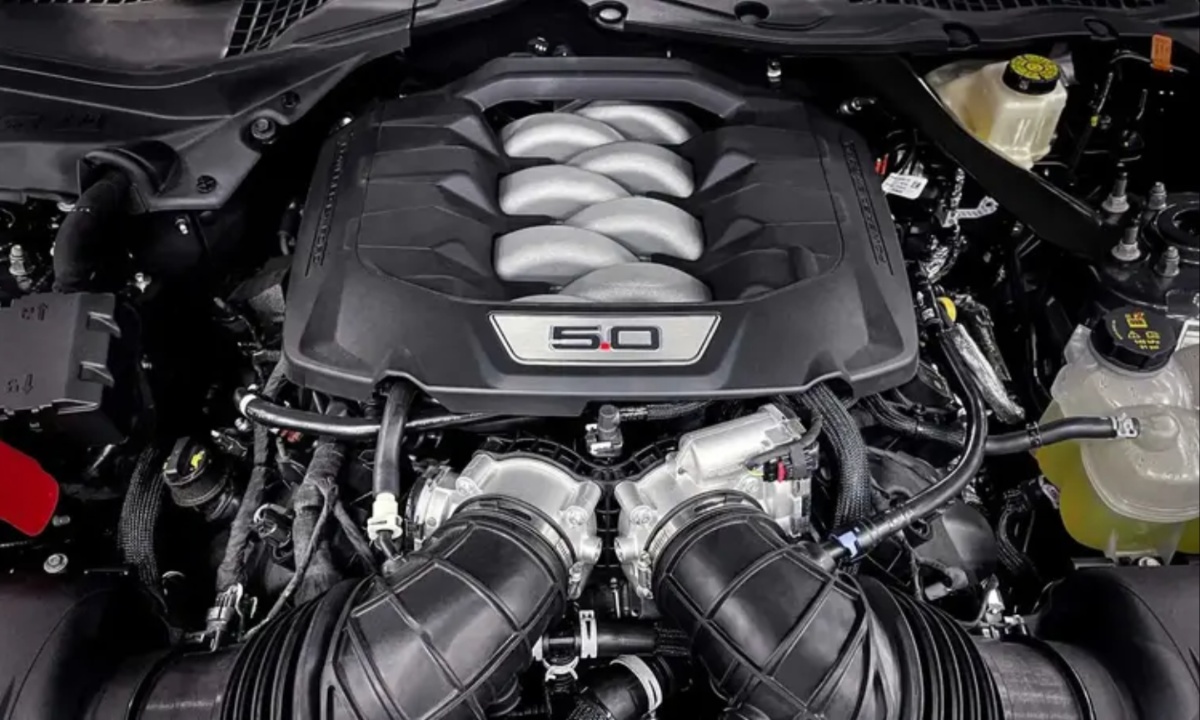
From the revolutionary Flathead that made V8 power accessible in the 1930s, to the modern, tech-packed Coyote V8 that continues to impress today, Ford’s history of building durable and powerful V8 engines is unmatched.
These engines have not only powered some of the brand’s most beloved models, but they’ve also earned the trust of enthusiasts, racers, and everyday drivers through their proven reliability and performance.
Whether you’re looking back at muscle car history or into the future of performance engineering, Ford’s V8s remain a benchmark in the automotive world.
Also Read: 10 Best V6 Sports Cars That Don’t Sacrifice Reliability

